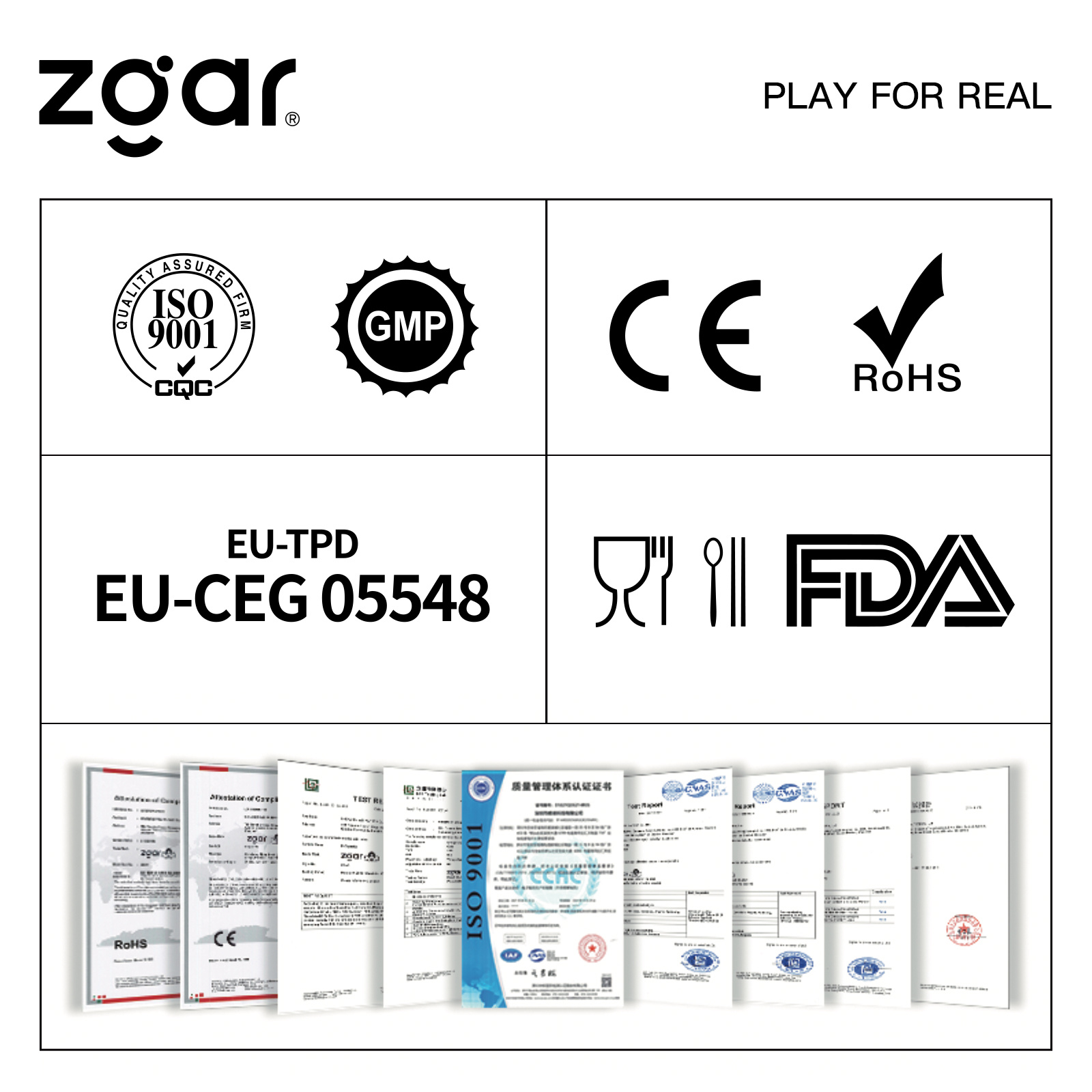Paper machine wet end application Is there chemical compatibility between the connection cable and the connector for industrial vibration monitoring? (Application of wet end of paper machine) About 20 years ago, we began to be interested in the vibration level of industrial machinery and began to measure and monitor the vibration frequency and amplitude to prevent and predictive maintenance of equipment. These early applications were usually borrowed from measurement laboratories. The small accelerometers made of small coaxial cables and microparticle joints. Although they work, they are often not suitable for harsh industrial environments. Cables and connectors are often easily broken and difficult to repair. Often causes signal noise and concerns. Accelerometers developed for use in modern industrial environments have stainless steel housings, as well as a 1â„4-28 size threaded mounting hole and a military standard MIL C 5015. We finally have the ability to The connector on the hand, and it can also connect industrial cables. This opens up a new world of cables and connectors. In addition to military standards (after all, if it can be used in a war environment, it must be very durable) , Welded joints, twisted-pair cables, woven stainless steel shields, protective jackets, epoxy module connectors, etc. Very popular configurations. These components are the best products that have been redesigned and adjusted over the years. Today's Teflon® insulated jacketed twisted-pair shielded cable and stainless steel lock-ring die-connector are just too durable. The strongest Samsonite® orangutans can use them to swing between the trees and the trees without fear of falling. Although this may seem like a very good product, sturdiness is not the only factor in product durability. Undoubtedly, continuous vibration monitoring and analysis has become the standard of industrial reliability. When we think that the acceleration vibration sensor is almost ready for a variety of different environments, we have encountered difficulties in some industrial machinery applications. Chemically compatible. It can be a simple petroleum or lube product, or it can be complex caustic soda (sodium hydroxide), which is commonly found in the wet end bleaching process in the paper industry. Difficulties in the wet end of the paper machine: Well The problems faced by the cables and connectors on the wet end of the paper machine are shown. Acceleration Vibration Sensors and Joints Wet caustic soda solution covers the roots of the seals connected to the joints and acceleration vibration sensors, forming a high-temperature steam ring territory. In this unfavorable environment, the caustic soda solvent is always in contact with the joints and critical connection points of the acceleration vibration sensor. (The highly corroded cast iron components in the paper machine in Figure #1 are the result of long-term caustic soda dissolution.) The cable and connector combine to transmit the vibration signal from the accelerometer to the data collector. Any break in the assembly can result in power loss, loss of vibration signals, vibration signal noise, or any of the above three conditions. Paper mill wet end cable: The cable consists of a twisted pair of wires with a braided or aluminum foil protective layer, usually with a protective grounding wire. These internal components are wrapped in external cable protection sleeves. Since only the cable protection sleeve is exposed to the external environment, we only need to consider that the material of the protection sleeve resists the chemical action of caustic soda and is chemically compatible with the working environment of the paper machine. The commonly used materials for cable protection sleeves are polyurethane, PVC polyvinyl chloride and Teflon® Teflon. In the caustic soda environment, Teflon® Teflon offers a very strong cable protection and is highly resistant to caustic soda. Permanent installation of the wet end of the paper machine Acceleration and vibration sensors are well suited for use with Teflon® Cover Cables, which provide the strongest resistance to harsh environments and chemical resistance. It is worth noting that Figure #2 shows the durability of the Teflon® cover cable installed in the vacuum roll. Compared to the internal surface of the roll and the root of the accelerometer, the Teflon® cover cable looks as if it were new. . Teflon® Cables for Vacuum Rollers Although PVC sheath cables have good chemical resistance to caustic soda, they are not as strong as Teflon®. Polyurethane protective sheath cables are not suitable for caustic soda environments. Wet end joints in paper mills: Joints used in industrial vibration analysis and monitoring must comply with MIL C 5015 standards, including adaptations, combinations, and work standards. However, at the paper mill wet end, as shown in Figure #3, the standard MIL C 5015 aluminum cable connector will be the worst choice Optional. MIL C 5015 standard military specification cable joint caustic soda solution quickly erodes aluminum material and causes severe corrosion results. This is an example of an aluminum joint after use on paper mill wet end equipment. The aluminum core joint is used in the The joints seal the aluminum backplate shell in the plastic sleeve to provide a strong core for the sensor. Unfortunately, corrosive caustic soda leaked around the rubber sleeve and caused corrosion and outward expansion of the aluminum part. The structure of the rubber sleeve was caused. The head completely loses its connection. The MIL C 5015 compatible connector for vibration sensors commonly recommended for paper mills has 3-4 parts, as shown in Figures #5 and #6. Style Locking Loop #5 – MIL Style Figure #6 – MIL-style seal sleeves These parts should have chemical resistance to caustic soda corrosion. The materials commonly used in cable joints of MIL 5015 standard are 316 stainless steel, margarine, nylon, in addition to aluminum. Polycarbonate, Polyurethane, Silicon, and Viton. Among all the common joint materials, only 316 stainless steel and silicon materials provide corrosion resistance to caustic soda. Although useful 3 16 Stainless steel fittings, but very expensive compared to accelerometers. Are there other low-cost solutions? Innovative connector design: Connection Technology Center Co., Ltd. (CTC) Connection cables and connectors for vibration analysis applications The field holds a leading position and has a long history. After a study against corrosive materials, the results confirmed that polyphenylene sulphide (PPS) or Ryton® (manufactured by Chevron Phillips chemical plant) has excellent caustic soda Corrosion resistance. It is declared as the best plastic material in the world. It is widely used in automotive, electrical, appliance industry and industrial applications. This phenyl sulfide-based compound is a semi-crystalline polymer that can For molds or machining, and with a melting point of 285 0C, the following 200 °C will not be dissolved in any solution. PPS is also a sub-electrically conductive material, with very stable insulation properties in most environments. Because, PPS It is corrosion resistant to a variety of harsh deterioration environments. It provides excellent inexpensive materials for the study of industrial vibration sensors. In corrosive caustic soda Under the wet end of paper mills, PPS has become an excellent material for use.. Successful joints: CTC offers two joints that are resistant to corrosive caustic soda used in the wet end of paper mills. See Figure #5. , A2R plug and back plate are made of PPS material. The lock ring is made of 316 stainless steel, the gasket is made of silicon material. After the joint and Teflon® cable are connected, the back seal with plug back shell SS lock ring slotted insert back The shell seal can be filled with corrosion-resistant epoxy material to increase the mechanical strength Stability and tightness, as shown in Figure #7. Figure #7 – A2R connector and yellow Teflon® cable supplied by CTC As shown in Figure #6, the B2R insert and back plate are made of PPS material. The tight-fitting rubber sleeve is made of silicon. Once the Teflon® cable and connector are connected, the back plate is covered before the sealer covers to increase protection. Can use anti-corrosive rings Oxygen material is filled to increase mechanical stability and tightness, as shown in Figure #8. Figure #8 – B2R connector and yellow Teflon® cable supplied by CTC Figure PPS, 316 stainless steel shown in Figure #7 and Figure #8 Silicon, and epoxy fillers are chemically compatible with caustic soda provided by CTC and have long-life materials. Do not bother yourself: If you are facing chemical compatibility problems with connectors and cables (core kits), think of ways to find materials that will make you successful. Never add other hybrid materials. You will only end up with the problem shown in Figure #9. #9 – Full-Handed Joint Problem Figure #9 shows an example of a silicone sealant with a polycarbonate insert and a backing plate made of silicone material with added insulation grease. This paper mill's maintenance department It is believed that the addition of insulating grease can provide protection against the erosion of caustic soda. They did not understand that insulating grease and silicon are incompatible. The result is because of the addition of insulating grease, which can still be seen in the acceleration and vibration sensor. Sodium leaks around the roots and causes chemicals to corrode the polycarbonate inserts and backplanes. These joints all fail due to the addition of non-chemically compatible materials. to sum up: Whenever your core components (cables and connectors), from the center of the accelerometer sensor to the data collection point, face the challenge of chemical compatibility, you need to make time for material selection. You can also choose core components by communicating with manufacturers. Talk to your process engineers and product engineers about chemical and material compatibility, or find applicable materials over the Internet. Remember that no cable or connector is a panacea. Choose the best for your mechanical device The chemically compatible materials allow your vibration applications to operate stably. Company name: Shanghai Weiyi Mechanical and Electrical Equipment Co., Ltd. Address of the company: 1509, Block A, 988 Datong Road, Zhabei District, Shanghai Company website: http:// contact number Contact: Miss Zhu
ZGAR Vape Pods 1.0
ZGAR electronic cigarette uses high-tech R&D, food grade disposable pods and high-quality raw material. A new design of gradient our disposable vape is impressive.We equip with breathing lights in the vape pen and pods.
Our team has very high requirements for product quality, taste allocation and packaging design. Designers only use Hong Kong designers, e-cigarette liquid only imports from the United States, materials are food grade, and assembly factory wants medical grade without ground workshop.
We offer best price, high quality Pod System Vape,Pods Systems Touch Screen,Empty Pod System, Pod Vape System,Disposable Pod device,Vape Pods to all over the world.
ZGAR Vape 1.0 Pods,ZGAR Vape Pods 1.0 ,Pod Systems,Atomizer, E-cigarette, Empty Pod Vape Manufacturer and Supplier in China Zgar International (M) SDN BHD , https://www.zgarvape.com

